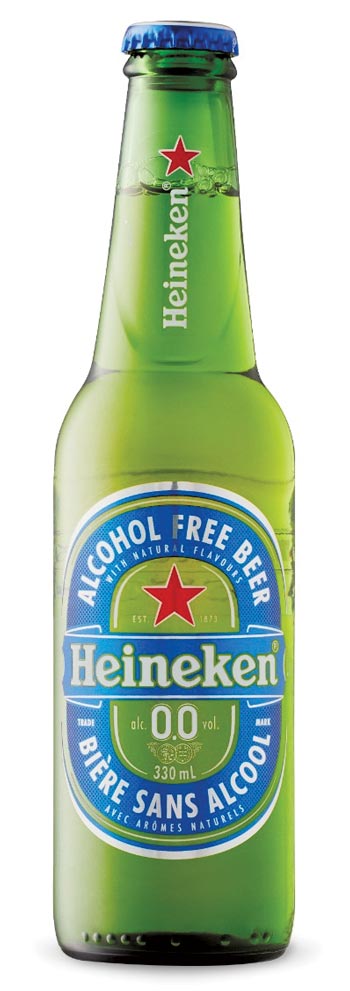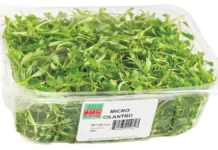 We sometimes forget an issue that once received front-page coverage, and later wonder what its impact was as well as its present status. This column is an attempt to do that.
We sometimes forget an issue that once received front-page coverage, and later wonder what its impact was as well as its present status. This column is an attempt to do that.
It has been years since Candace Lightner, founder of Mothers Against Drunk Driving (MADD), set out to change America’s view on its drinking habits, which included drinking under the influence and unlimited teenage drinking, as we knew it. While the above were the most visible issues, many more have and are still affecting the beverage alcohol industry in general with unintended consequences. For retailers, hotels, restaurants, taverns, and package and convenience stores, the burden of enforcement has been a top priority.
By 1983, MADD had become the focal point of a nationwide movement to curb irresponsible consumption of alcohol. Candy Lightner, the nonprofit organization’s leader, appeared on every type of media, from morning shows to Face the Nation, Meet the Press, and (I believe) 60 Minutes. She had testified before congressional committees, and branches of MADD were popping up throughout the United States.
State legislatures were being inundated with laws which would change the hours of sales, reduce blood alcohol content (BAC) limits, return the legal purchasing age from 18 to 21, and dramatically increase the penalties for those found guilty of driving while under the influence.
One of their objectives was and still is the DUI issue. Since most of the tragedies involved driving, beer consumption was the number one target, being considered the gateway
beverage.
A recent story in The Wall Street Journal by Carol Ryan spells out how brewers are dealing with this potential obstacle and how consumers are reacting.
Let’s first start with the products’ names: “non-alcoholic,” “no alcohol,” and, in many instances, patrons will ask for “NA.” Despite what one might think of as a negative, The WSJ story made this comment: “Heineken, the world’s second-largest beer maker after Budweiser owner Anheuser-Busch InBev, said that its flagship brand had its best performance in more than a decade in 2018. It sold 7.7% more beer, partly thanks to demand for its booze-free Heineken 0.0 range. Launched in the summer of 2017, sales of the no-alcohol beer are growing at a double-digit clip. Counterintuitively, the product is helping rather than eating into sales of the core Heineken brand.”
The article went on: “Heineken and AB InBev have had to hunt out new sources of growth in a flat global beer market. Craft brews have been one bright spot. So have no- and low-alcohol products, which are selling well as consumers become more mindful of their alcohol intake. Although these items are still a small part of the market—just 5% of beer volumes worldwide—the category has grown at 3.9% on average for the past five years compared with a stagnant beer sector. That explains AB InBev’s ambition to generate at least one-fifth of its global beer sales from low- or no-booze brands by the end of 2025.”
Ever since prohibition, there have been efforts by various brewers to produce an acceptable low-alcohol or no-alcohol beer, but there was no motivation to pursue it marketwise. The successful efforts of MADD have become a game changer.
As for public acceptance, most full-service food establishments offer it, and some offer both domestic and imported brands. Supermarkets and package stores carry many labels.
Again quoting The Wall Street Journal article: “It will take time for improved recipes to really take off. But low-alcohol beers help brewers win back drinking occasions that they have lost to soft drinks in recent years; soda companies have benefited from stricter drunken-driving rules and taboos around lunchtime drinking, for example. Today, one in five low- or no-alcohol products sold is replacing a soft drink, according to a survey by brokerage UBS.”
Today’s consumer is being bombarded by advertising aimed at their health. Take, for example, decaffeinated coffee. It first showed up as a syrup, and the general consensus was that it would never make it. Today, every public eating establishment has the pots with the orange lid. Servers will invariably ask, “Regular or decaf?” It not only affected the coffee industry, but the soft drink industry as well.
I’m not suggesting that the brewing industry will try to sell their product as a medicine, but they may produce a product that will be favorable and safe. I believe they will. I hope so; I happen to be an “NA” consumer.
As for Candy Lightner, and I quote: “I didn’t start MADD to deal with alcohol. I started MADD to deal with the issue of drunk driving.”
You certainly could call what has happened one of the unintended consequences of all time.























